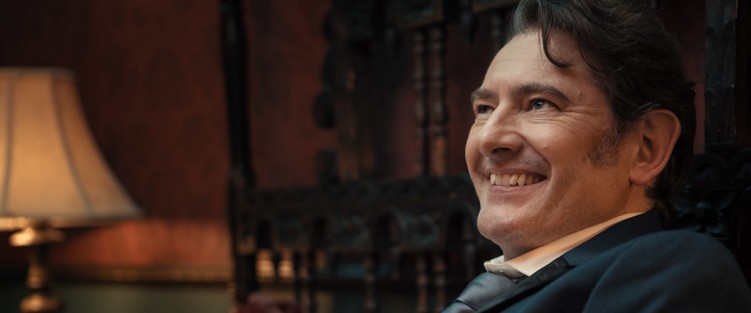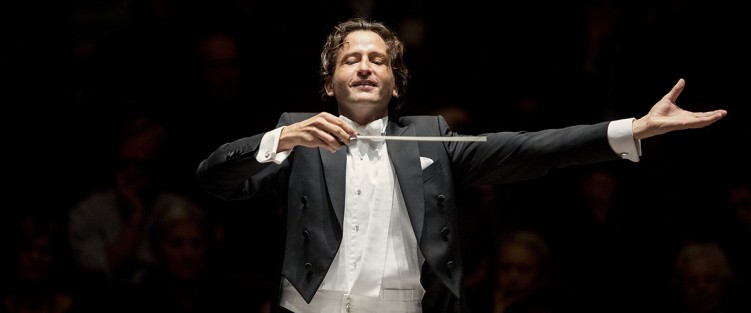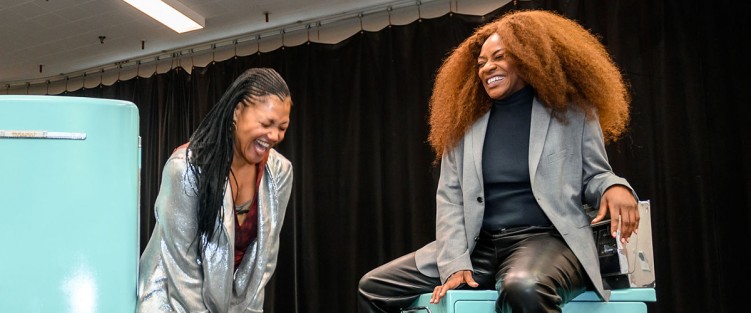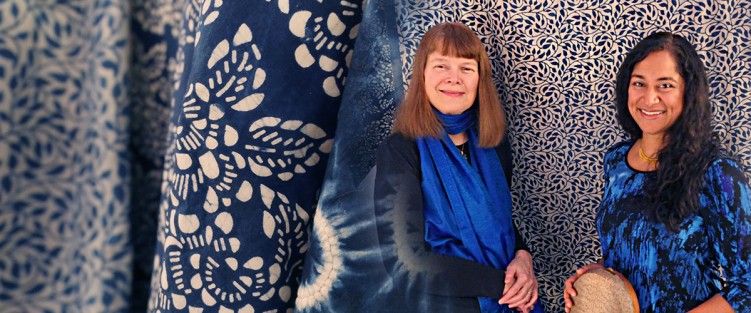Bitten by the Book Bug: Baritone Brett Polegato
 I had heard through the musician grapevine that baritone Brett Polegato owns a remarkable library, but putting in a request to poke around someone’s house and then write about it is not the easiest of asks. This March, however, after a sudden flurry of cancellations of his Lebanese, Italian and Nova Scotian engagements due to You-Know-What, Polegato found himself spending an unusual amount of time at home and we easily scheduled a get-together. I visited the three-storey row house he shares – or shall we call it his three-storey library – in the Carlton and Church area on one of the last evenings before the city went into a complete lockdown. Like a majority of working artists, he’s been hit hard by the loss of income due to cancellations. But this evening we decide to focus on what brings joy.
I had heard through the musician grapevine that baritone Brett Polegato owns a remarkable library, but putting in a request to poke around someone’s house and then write about it is not the easiest of asks. This March, however, after a sudden flurry of cancellations of his Lebanese, Italian and Nova Scotian engagements due to You-Know-What, Polegato found himself spending an unusual amount of time at home and we easily scheduled a get-together. I visited the three-storey row house he shares – or shall we call it his three-storey library – in the Carlton and Church area on one of the last evenings before the city went into a complete lockdown. Like a majority of working artists, he’s been hit hard by the loss of income due to cancellations. But this evening we decide to focus on what brings joy.
We skip the ground floor, which houses the piano, the CD collection in the middle of a major clearing out, and the downstairs books to which we’ll return, and go up to the living room. There are already bookcases here, behind glass doors in cubes on each side of the sofa, and I spot Naomi Alderman’s Disobedience in one of those. But that’s just a teaser for the main event upstairs, with the first stop in what looks like a linen closet. Packed with books.






